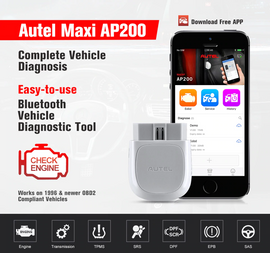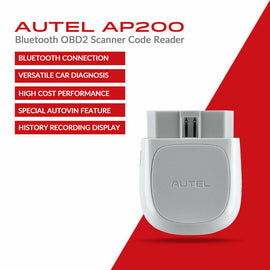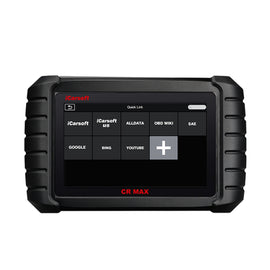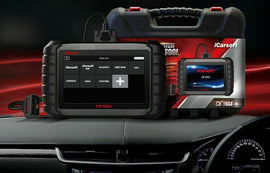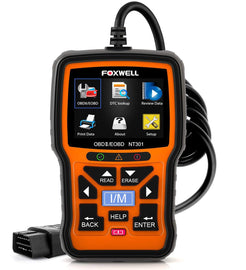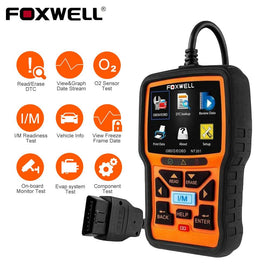Car headlights run longer than any other car component. Yet, when they need replacement, many people take it for granted. Your half of the safety depends on these headlights. So, when it is time to upgrade, you must understand not just your needs but also the road requirements and longevity.
When upgrading to LED headlights, you may encounter some technical challenges along the way. Are they compatible with your car? Besides, they demand proper heat control and alignment. Does your vehicle have it?
This is why it is necessary to understand the common mistakes to avoid any poor performance. Now, what mistakes have you made? Let us help you so you can make an informed decision.
Common Mistakes For Upgrading to LED Headlights
You may have already compared LED vs. halogen headlights in Australia. Mostly, you think LED is a better choice. However, when it comes to upgrading, the slightest incorrect connection can disrupt the entire headlight system in your car.
Here are some common mistakes people make. Understand the LED headlight installation issues so you know how to avoid LED headlight mistakes:

1. Skipping Vehicle Compatibility Checks
This is one of the most significant mistakes when upgrading to LED headlights. People often assume that all cars accept LEDs without any trouble. But this is not the case:
Common problems caused by incompatibility:
-
Flickering lights
-
Dashboard warning errors
-
Lights that shut off unexpectedly
-
Poor overall performance
Modern vehicles have a specific design for the power loads. LEDs require less power, and therefore, when incompatible, they can confuse the system. Therefore, some vehicles require:
-
CAN bus decoders
-
Resistors
-
Dedicated LED-friendly wiring
Therefore, do not treat the upgrade as a plug-and-play solution; it will only bring early headaches.
2. Incorrect Beam Alignment
If the beam is aimed wrong, regardless of the best LED headlights brands, it will still cause trouble.
What misalignment leads to:
-
Blinding oncoming drivers
-
Reduced visibility for you
-
Dark spots on the road
-
Failed safety inspections
LEDs produce sharper and more focused beams as compared to halogens. After DIY headlight installation, you will need to adjust the alignment manually to avoid unsafe road conditions.
3. Choosing Low-Quality or Cheap Bulbs
Now, if you know when to replace car headlights, you must choose high-quality LEDs. All LEDs are unique, and the cheap option may not ever be up to the mark.
Risks of low-quality bulbs:
-
Overheating
-
Rapid burnout
-
Poor beam patterns
-
Unstable brightness
-
Damaged wiring or connectors
Advanced driver chips and aviation-grade aluminum are used in higher-end LED auto headlights. You can avoid future electrical problems and replacement costs by investing a little more up front.
4. Ignoring Heat Management
Unlike halogen headlights for cars, LEDs remain cool at the tip, but they do produce heat at the base, and we need to manage this heat effectively.
Heat-related issues include:
-
Shorter bulb lifespan
-
Melted housing components
-
Dimmed light output
-
Burned-out drivers
If you're using bulbs that come with cooling fans or heat sinks, ensure you have sufficient space and good airflow. Putting them in tight or sealed spaces can trap heat, which significantly reduces their lifespan.
5. Picking the Wrong Colour Temperature
You know the benefits of upgrading to LED headlights, but you've chosen the wrong colour temperature. A lot of drivers go for LED lights because they look good, even if they aren't the most practical choice.
Common colour temperature mistakes:
-
Opting for the 6500K+ option provides a 'blue' vibe, but it can actually make it harder to see in wet conditions or fog.
-
Also, keep in mind that super white light tends to scatter a lot.
-
And don't overlook your eye comfort when you're driving late at night.
If you want lighting that mimics natural daylight, the 5000K to 5500K range is your best option.
6. Overlooking Local Lighting Regulations
In a lot of places, there are rules about aftermarket lighting. If your LEDs are too bright or not properly lined up, you could be breaking the law.
Potential consequences:
-
Fines
-
Failed inspections
-
Forced removal
-
Safety hazards for other drivers
Before you upgrade, please verify:
-
Maximum brightness limits
-
Approved colour temperatures
-
Beam pattern guidelines
7. Allowing Dust or Moisture Into the Housing
LEDs are definitely more affected by moisture compared to halogen lights.
Issues caused by poor sealing:
-
Condensation inside the headlight
-
Electrical failures
-
Foggy lenses
-
Damaged drivers
When installing, you might notice some gaps due to the larger size of LED bulbs. But no worries, using extended dust caps or opting for slim-profile LEDs can fix that issue.
8. Using LEDs in Damaged or Cloudy Headlight Housings
Not even the best LEDs can light up when they're looking through a faded lens.
Signs of problematic housing:
-
Yellowing
-
Cracks
-
Foggy or cloudy surfaces
-
Reduced light projection
Fixing or swapping out the housing helps LED headlights work at their best.
Conclusion
Upgrading your car headlights to LED technology offers superior brightness, clarity, and a longer lifespan compared to halogen lights. However, avoiding common installation mistakes is crucial for optimal performance and safety on Australian roads.
While the initial LED light cost is higher, the long-term benefits in energy efficiency and reduced replacements make them a worthwhile investment. Always prioritize vehicle compatibility, proper beam alignment, and effective heat management.
For those looking to buy car headlights in Australia, trusted providers like Auto Lines Australia offer quality products and guidance to ensure your LED upgrade is effective, legal, and enhances your driving experience.
FAQs
1. What are common mistakes when upgrading to LED headlights?
Common mistakes include skipping vehicle compatibility checks, poor beam alignment, choosing low-quality bulbs, ignoring heat management, picking the wrong colour temperature, overlooking regulations, and installing in damaged headlight housings.
2. How do I avoid LED headlight installation issues?
Ensure vehicle compatibility, adjust beam alignment properly, invest in high-quality bulbs, manage heat with fans or heat sinks, follow local regulations, and use undamaged, sealed headlight housings.
3. Are LED headlights better than halogen lights for cars?
Yes. LEDs offer longer lifespan, brighter illumination, energy efficiency, and better visibility. However, correct installation and heat management are crucial for safe and optimal performance.

